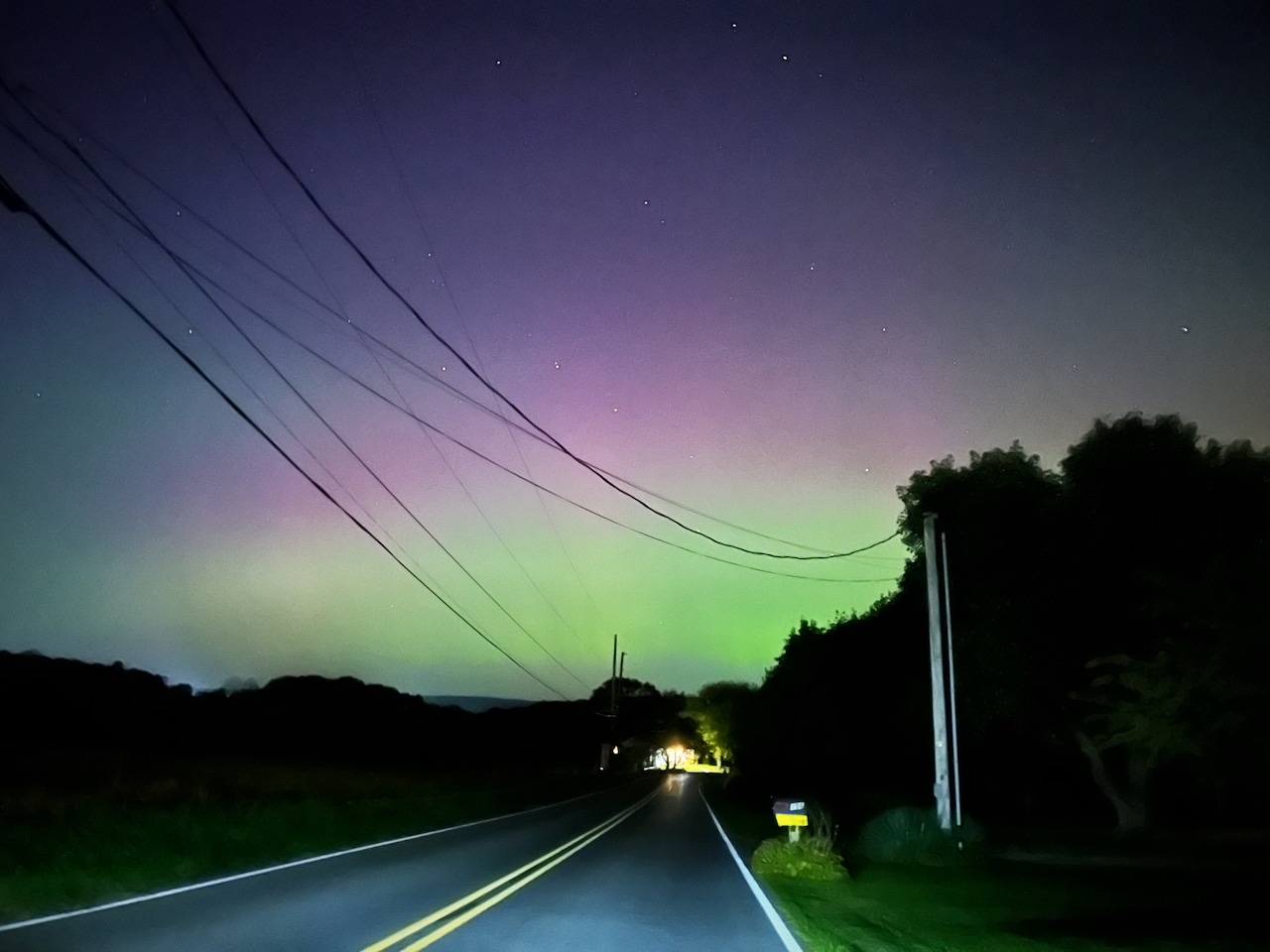
Northern lights could be visible Monday night across parts of Pa.: Here are the details
How did your country report this? Share your view in the comments.
Diverging Reports Breakdown
Northern lights could be visible Monday night across parts of Pa.: Here are the details
A potent solar storm launched Saturday is expected to move into Earth’s magnetic field late on Monday into early Tuesday. The storm is likely to cause a G2 (moderate) geomagnetic storm, intensifying to G3 (strong) levels as the main body of the solar storm passes. That intensification means that the aurora borealis could extend much farther south than usual, including Pennsylvania.
The northern lights could put a bow on the holiday weekend across parts of Pennsylvania on Monday night into Tuesday.
A potent solar storm launched Saturday is expected to move into Earth’s magnetic field late on Monday into early Tuesday, according to NOAA’s Space Weather Prediction Center (SWPC) .
When it arrives, it’s likely to cause a G2 (moderate) geomagnetic storm, intensifying to G3 (strong) levels as the main body of the solar storm passes, NOAA says.
That intensification means that the aurora borealis could extend much farther south than usual, including Pennsylvania, offering millions across the northern part of the country a shot at catching the display.
The two maps from NOAA below show the aurora viewing line for tonight and tomorrow night. The brightness and location of the aurora are typically shown as a green oval centered on Earth’s magnetic pole. The green ovals turn red when the aurora is forecast to be more intense.
The aurora does not need to be directly overhead, but can be observed from as much as 1000 km (more than 600 miles) away when the aurora is bright and if conditions are right.
This is a prediction of the intensity and location of the aurora borealis on Sunday and Monday nights over North America. NOAA
They can often be observed somewhere on Earth from just after sunset to just before sunrise.
From this vantage point, the forecast for Monday night couldn’t be better, with clear skies predicted from Erie and Pittsburgh east to Scranton and Philadelphia.
Per solar.com, here are some tips for viewing the display:
